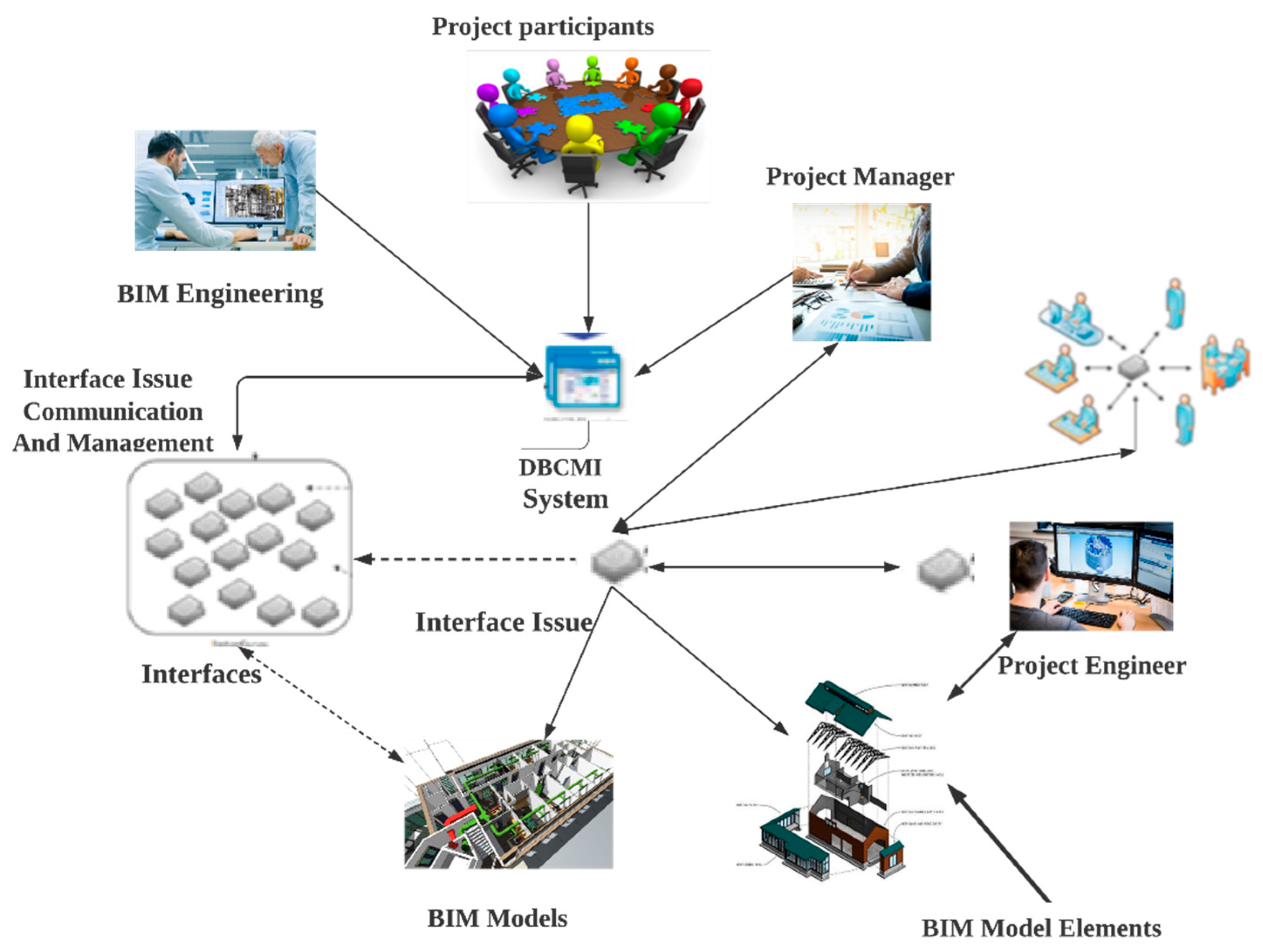Discover how BIM in construction is transforming the building industry, revolutionising project delivery and setting new standards for digital innovation.
Understanding BIM: The Digital Blueprint Revolution
Building Information Modeling (BIM) represents a paradigm shift in construction technology, fundamentally changing how we approach building projects in the UK and globally. At its core, BIM is a sophisticated digital representation of both physical and functional characteristics of buildings and infrastructure. Unlike traditional construction documentation, BIM creates an intelligent 3D model that serves as a comprehensive database of project information, enabling unprecedented levels of collaboration and efficiency. The evolution from conventional Computer-Aided Design (CAD) to BIM marks a significant leap forward, moving from simple geometric representations to data-rich, intelligent models that contain detailed information about every building component. Recent statistics show that BIM adoption in the UK construction sector has increased by 73% since 2020, highlighting its growing importance in modern construction practices.
The Transformative Power of BIM in Construction Projects
The implementation of BIM in construction projects has revolutionised the way building professionals collaborate and communicate. Through centralised digital platforms, project stakeholders can access, share, and update information in real-time, dramatically reducing communication gaps and potential errors. Studies indicate that BIM implementation can reduce project costs by up to 20% and construction time by up to 30%. The technology’s clash detection capabilities allow teams to identify and resolve potential conflicts before they become costly on-site problems, saving both time and resources. This proactive approach to project management has become particularly valuable in complex urban developments across the UK, where coordination between multiple trades and systems is crucial.
Practical Applications and Benefits of BIM
- Project Planning and Design: Enables accurate 3D visualisation, spatial coordination, and detailed design analysis
- Cost Management: Provides precise quantity take-offs and cost estimations, with potential savings of up to 15% on project budgets
- Timeline Optimisation: Facilitates 4D scheduling and construction sequencing, reducing project delays by up to 25%
- Sustainability Analysis: Offers tools for energy modeling and environmental impact assessment
- Quality Control: Enables automated checking against building codes and standards
- Risk Mitigation: Identifies potential issues before construction begins, reducing on-site complications
BIM Implementation: Tools and Technologies
The UK construction industry relies on various BIM software platforms to deliver projects effectively. Autodesk Revit leads the market with a 45% share among UK construction professionals, followed by other popular tools like AutoCAD BIM 360 and Navisworks. These platforms operate within a Common Data Environment (CDE), which serves as a central hub for all project information. The CDE ensures that all stakeholders work from the same data set, maintaining consistency and reducing errors. Integration with emerging technologies such as laser scanning, drone surveys, and mobile applications has further enhanced BIM’s capabilities, creating a more connected and efficient construction ecosystem.
The Future of Construction: BIM’s Role in Industry 4.0
- AI Integration: Machine learning algorithms are being developed to automate design processes and predict project outcomes
- Digital Twins: Creation of virtual replicas for real-time monitoring and operational optimization
- IoT Connectivity: Integration with smart building systems for enhanced facility management
- Extended Reality: Implementation of AR and VR for immersive design review and construction planning
- Cloud Computing: Enhanced collaboration through cloud-based BIM platforms
Making the Transition to BIM: Practical Considerations
Implementing BIM requires a strategic approach that considers both technical and organisational factors. For UK construction businesses, the transition typically involves a significant investment in software, hardware, and training. Research shows that companies typically achieve ROI within 12-18 months of BIM implementation. Essential considerations include developing a clear implementation strategy, establishing BIM standards and protocols, and providing comprehensive training for staff. The UK Government’s mandate for BIM Level 2 on public sector projects has accelerated adoption, making it crucial for businesses to develop BIM capabilities to remain competitive.
Conclusion: Embracing the Digital Construction Revolution
BIM represents more than just a technological advancement; it’s a fundamental shift in how we approach construction projects. As the UK construction industry continues to evolve, BIM’s role in delivering more efficient, sustainable, and cost-effective projects becomes increasingly critical. For businesses looking to implement BIM, resources are available through organisations like the UK BIM Alliance and the Construction Industry Council. The future of construction is digital, and BIM stands at the forefront of this transformation, offering unprecedented opportunities for innovation and improvement in the built environment.
FAQ
What are the 4 pillars of BIM?
This article describes how the BIM system can be separated into four pillars (technology, people, process, and technology). When considering BIM, it can be helpful to consider these four significant factors: Policy.
What are the 7 dimensions of BIM?
2D, 3D, 4D, 5D, 6D, 7D and 8D BIM. To simply put this, building information modeling (BIM) is a process of using a well structured digital information to deliver, design, operate, and also hand over building projects.
Sources
[1] https://www.autodesk.com/solutions/aec/bim
[2] https://www.trimble.com/en/blog/what-is-bim-building-information-modeling
[3] https://en.wikipedia.org/wiki/Building_information_modeling


Leave a Reply